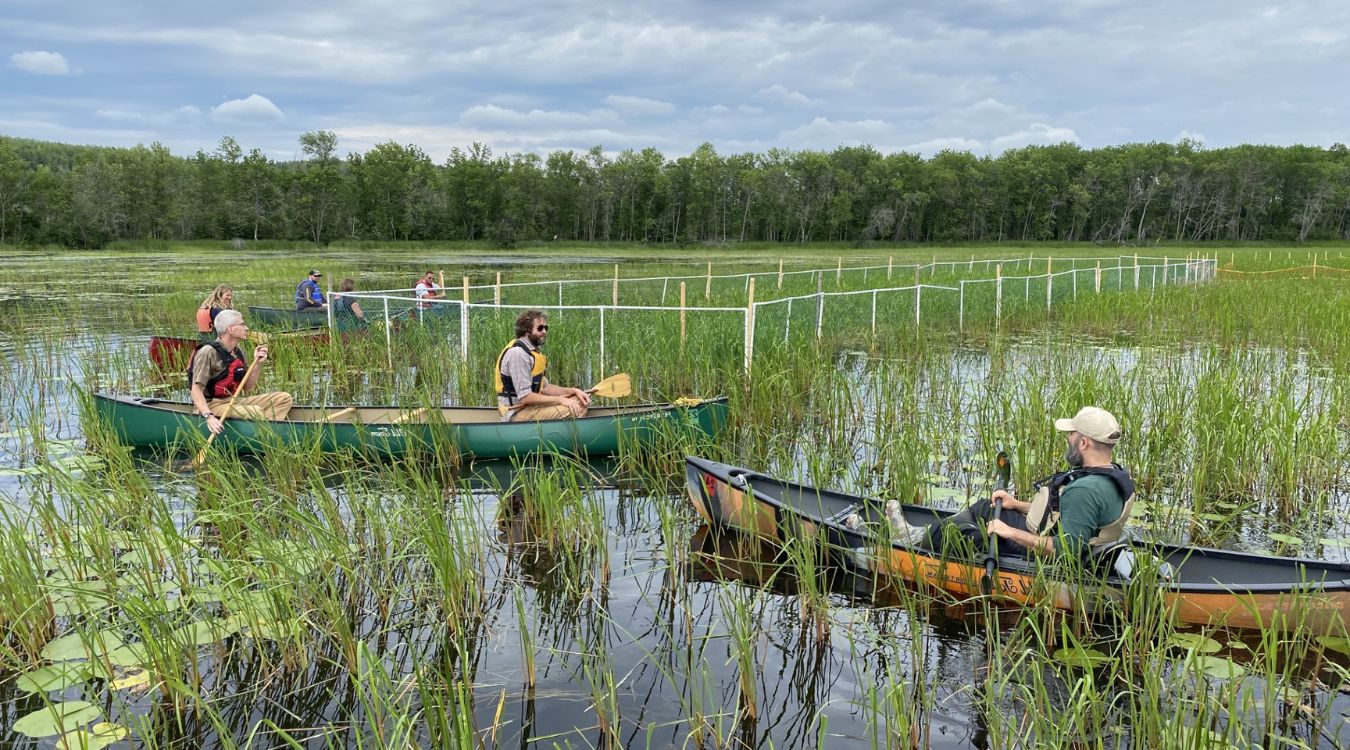Secrets Of Wild Rice Harvesting In Wisconsin’s Bad River

Have you ever wondered how wild rice harvesting happens in Wisconsin's Bad River? This unique tradition has deep roots in the culture of the Ojibwe people. Each year, they gather this nutritious grain using age-old methods passed down through generations. The process involves paddling through shallow waters, gently knocking the rice into canoes. It's a labor of love that connects them to their ancestors and the land. If you're curious about how this delicate balance of nature and tradition works, you're in the right place. Let's dive into the fascinating world of wild rice harvesting in the Bad River area.
The Mystique of Wild Rice Harvesting
Wild rice, or "manoomin" in Ojibwe, holds a special place in Wisconsin's Bad River region. This ancient grain, more than just food, is a cultural treasure. Harvesting wild rice is an art passed down through generations, blending tradition with nature's rhythm.
Prime Locations for Wild Rice Harvesting
The Bad River area offers several prime spots for wild rice harvesting. Each location has unique characteristics, making the experience unforgettable.
Bad River Sloughs
The Bad River Sloughs are a network of wetlands perfect for wild rice. These waters are calm and shallow, ideal for rice growth. Paddling through the sloughs, you'll see the rice plants swaying gently, ready for harvest.Kakagon River
The Kakagon River, often called the "Everglades of the North," is another top spot. Its pristine waters and abundant rice beds make it a favorite among harvesters. The river's serene environment enhances the harvesting experience.Bear Trap Creek
Bear Trap Creek is a hidden gem for wild rice. This lesser-known spot offers a peaceful setting away from the crowds. The creek's clear waters and lush surroundings provide a perfect backdrop for harvesting.
The Harvesting Process
Harvesting wild rice involves specific steps and tools. Understanding the process ensures a successful and respectful harvest.
Tools of the Trade
Traditional tools are essential for wild rice harvesting. These tools, often handmade, are designed to protect the rice and the environment.
Knocking Sticks
Knocking sticks, or "bawa'iganaakoog," are used to gently knock the rice grains into the canoe. Made from lightweight wood, these sticks are easy to handle and cause minimal damage to the plants.Canoes
Canoes are crucial for navigating the rice beds. They allow harvesters to move smoothly through the water without disturbing the plants. Traditional birchbark canoes are still used by some, adding a historical touch to the experience.
Steps to Harvest
The harvesting process follows a rhythm that respects the rice and the environment.
Poling Through the Rice Beds
Using a long pole, harvesters push the canoe through the rice beds. This method ensures minimal disturbance to the plants and the water.Knocking the Rice
With one person poling, the other uses the knocking sticks to gently tap the rice stalks. The ripe grains fall into the canoe, while unripe grains remain on the plant to mature.Drying and Processing
After harvesting, the rice needs to be dried and processed. This involves spreading the rice out to dry, parching it over a fire, and then winnowing to remove the husks.
Cultural Significance of Wild Rice
Wild rice is more than just a crop; it holds deep cultural significance for the Ojibwe people. Understanding this connection enriches the harvesting experience.
Ceremonies and Traditions
Harvesting wild rice is intertwined with various ceremonies and traditions that honor the plant and the environment.
Rice Harvesting Ceremonies
Before the harvest begins, ceremonies are held to give thanks and seek blessings. These rituals ensure a respectful and bountiful harvest.Community Harvests
Harvesting wild rice is often a community event. Families and friends come together, sharing the work and the rewards. This communal effort strengthens bonds and preserves traditions.
Environmental Stewardship
Respecting the environment is a core principle of wild rice harvesting. Sustainable practices ensure the rice beds remain healthy for future generations.
Sustainable Harvesting Practices
Harvesters follow guidelines to ensure sustainability. Only a portion of the rice is harvested, leaving enough to reseed and support wildlife. This balance maintains the ecosystem's health.Protecting the Wetlands
Efforts to protect the wetlands are crucial. Conservation programs and community initiatives work to preserve these vital habitats, ensuring wild rice continues to thrive.
Conclusion
Wild rice harvesting in Wisconsin's Bad River region is a unique blend of tradition, nature, and community. Each location and step in the process offers a glimpse into a rich cultural heritage, making it an unforgettable experience.
Embracing Wisconsin's Wild Rice Tradition
Harvesting wild rice in Wisconsin's Bad River area is more than just a task; it's a deep-rooted tradition. This practice connects people to nature and their heritage. The Bad River Band of Lake Superior Chippewa has preserved this tradition for generations, ensuring the sustainability of wild rice beds.
Participating in this harvest offers a unique experience. It teaches respect for the environment and the importance of community. The process, from canoeing through rice beds to drying and parching, is a hands-on lesson in patience and tradition.
Whether you're a local or a visitor, engaging in this activity provides a deeper understanding of Wisconsin's cultural and natural richness. It's a reminder of the value of preserving traditions and respecting the land. So next time you're in Wisconsin, consider joining the wild rice harvest and become part of this enduring legacy.

